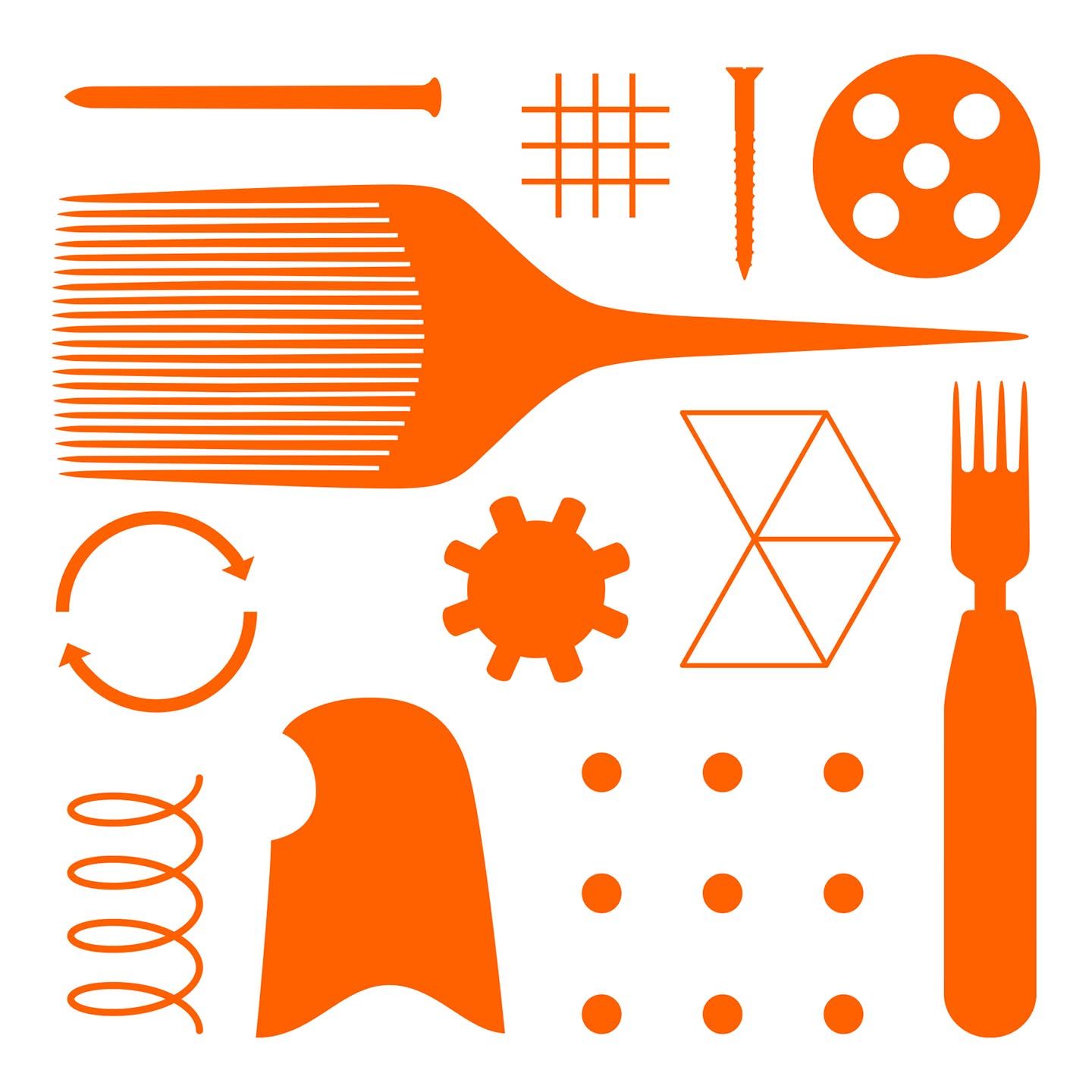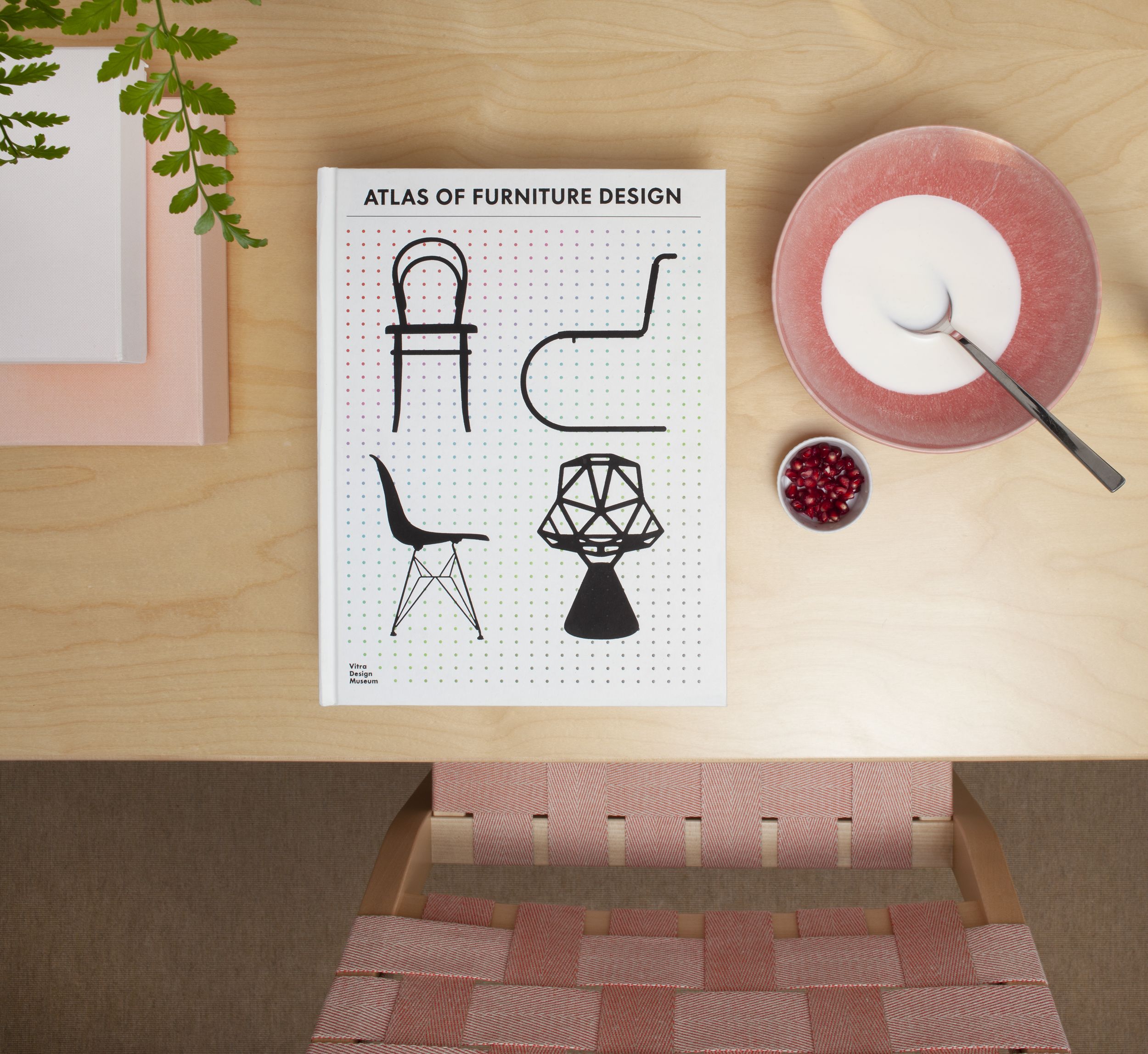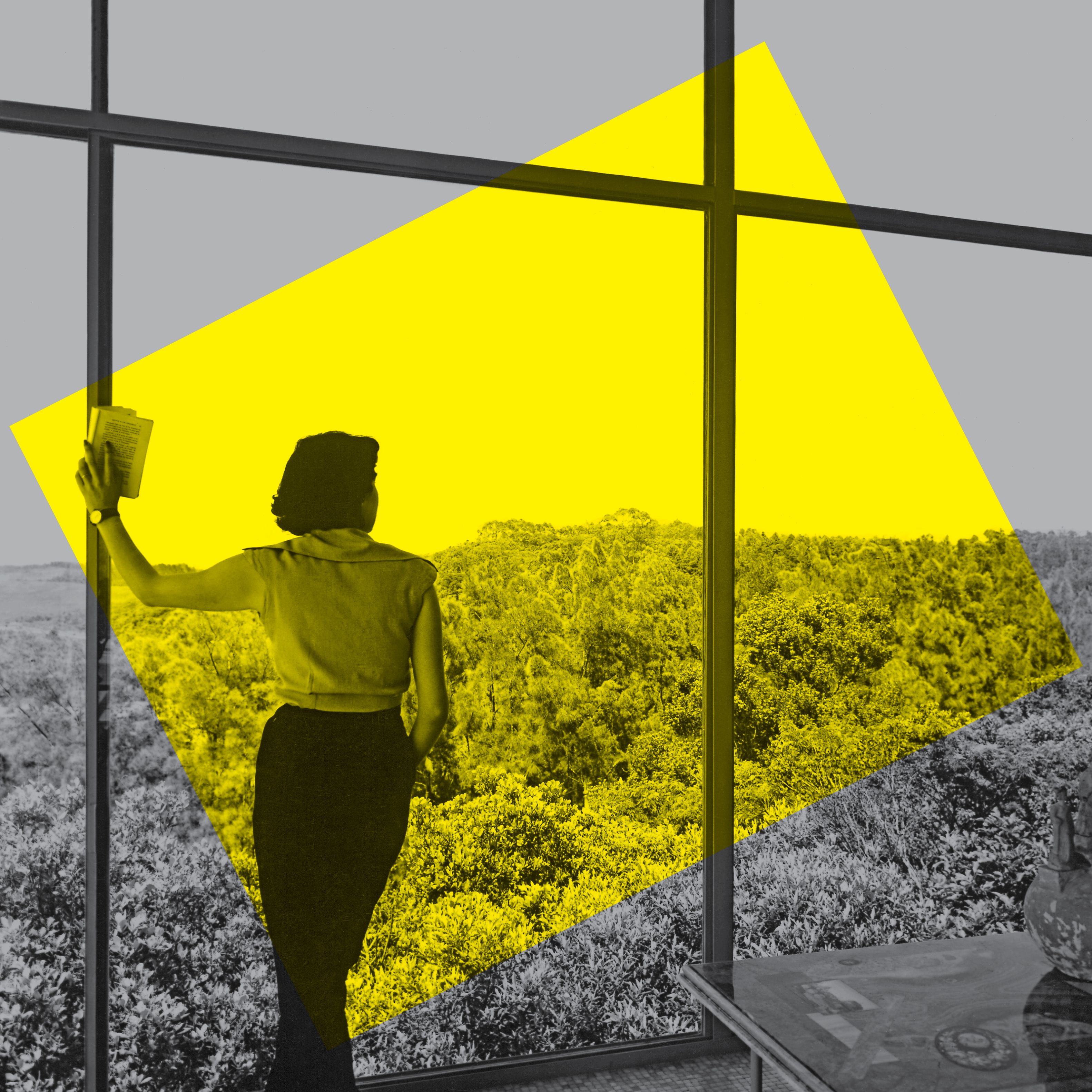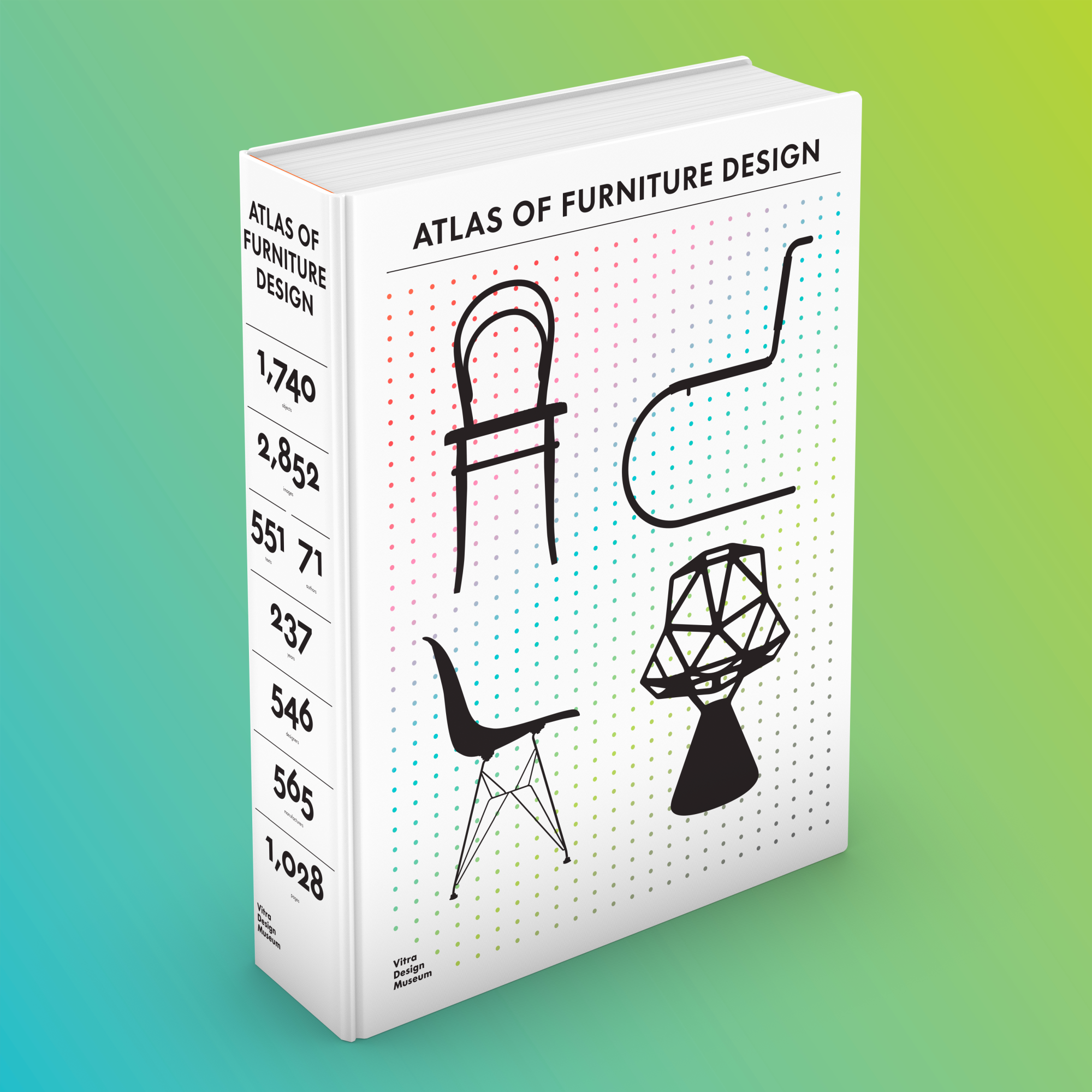The Politics of Design
September 29, 2018–March 10, 2019
With the exhibition Victor Papanek: The Politics of Design, the Vitra Design Museum will present the first large retrospective about the designer, author, and activist Victor J. Papanek (1923–1998). Papanek was one of the 20th century’s most influential pioneers of a socially and ecologically oriented approach to design beginning in the 1960s. His key work, Design for the Real World (1971), remains the most widely read book about design ever published. In it, Papanek makes a plea for inclusion, social justice, and sustainability – themes of greater relevance for today’s design than ever before. The exhibition includes exhibits such as drawings, objects, films, manuscripts, and prints, some of which have never before been presented. These are complimented by works of Papanek’s contemporaries from the 1960s to 1980s, including George Nelson, Richard Buckminster Fuller, or Marshall McLuhan. Contemporary works from the areas of critical and social design provide insight into Papanek’s lasting impact.
After pursuing a career as an industrial designer, during the 1960s Papanek developed a critique of consumerism that would make him well known around the world. This position is also reflected in his designs, which he often developed together with his students or collaborators, including televisions and radios for African countries, electric vehicles, as well as the Fingermajig, an object designed to stimulate the sense of touch (1965–1970), and the Living Cubes series (1973), user-assembled furniture that could be modified to meet different needs.
Papanek’s true impact, however, is to be found in his work as an author and arbiter of a new and critical understanding of design. He lectured in universities around the world, inspiring generations of students, and tirelessly promoted a wider social debate about design. Alongside his Design for the Real World additional books such as How Things Don’t Work (1977) or Design for Human Scale (1983) cemented his reputation as a pioneer of alternative design.
Victor Papanek: The Politics of Design is organized into four sections offering an in-depth look at Papanek’s life and work. The exhibition begins with a large-format media installation presenting the designer’s ideas in a contemporary context and follows with a biographical overview. For the first time, organizers were able to draw upon materials of the Papanek estate held by the Papanek Foundation at the University of Applied Arts Vienna, including a number of documents that have never been exhibited, such as notebooks, letters, furniture, and pieces from Papanek’s collection. Two other sections focus on the main themes of Papanek’s work, including his fundamental criticism of consumerism and his engagement with social minorities, his commitment to the needs of what was then known as the "Third World," ecology, sustainability, and "making" culture which had its origins in the 1960s do-it-yourself movement.
The exhibition is supplemented with carefully selected contemporary works that transport Papanek’s ideas into the 21st century by designers including Catherine Sarah Young, Forensic Architecture, Jim Chuchu, Tomás Saraceno, Gabriel Ann Maher, or the Brazilian collective Flui Coletivo and Questtonó. They, too, deal with complex themessuch as global climate change, fluid gender identities, consumer behaviour, or the economic realities of migration, meaning they reflect the continuing resonance of the questions Papanek was already addressing in the 1960s. At the same time, they break out of the white, Western, and male-dominated world to which Papanek was bound despite all his efforts to the contrary.
This exhibition is a cooperation between the Vitra Design Museum and the Barcelona Design Museum, in collaboration with the Victor J. Papanek Foundation, University of Applied Arts Vienna, and is funded by the German Federal Cultural Foundation.
Global Partner: Volkswagen
Sponsor: Geberit
Curators: Amelie Klein, Professor Alison J. Clarke
Advising Curator: Jan Boelen
Media contact: Lara Schuh, Head of Communications
Charles-Eames-Str. 2, 79576 Weil am Rhein, Germany
T +49.7621.702.3153, communications@design-museum.de









